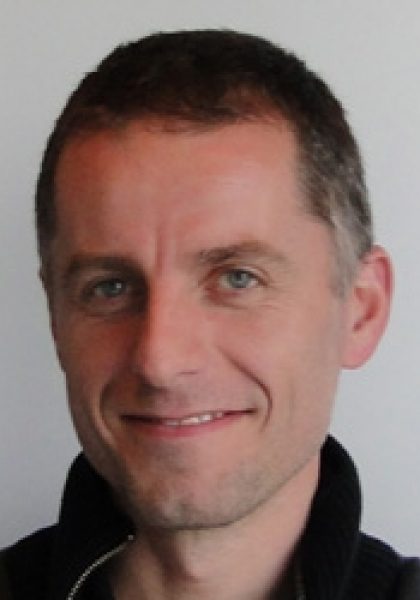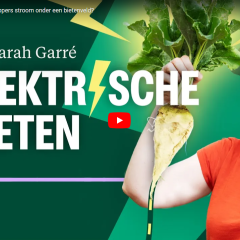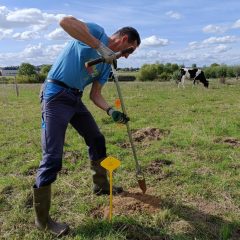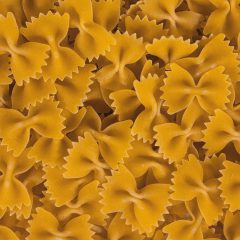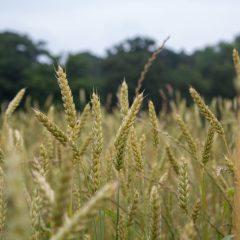Research project Restoring biodiverse grasslands: an examination of ecosystem services

General introduction
For grassland restoration, there are a variety of techniques, such as standard vs. frequent mowing, stripping, or demining. But what are the effects of those techniques on the grassland itself and on ecosystem services? Project HERBIOGRAS investigates:
1) the feed quality of mowed grass and its usefulness for different animals
2) how much carbon is stored in the soil
3) the attractiveness of the grassland for pollinators
4) the attractiveness for people wishing to use it for recreation
Research approach
The experiment is carried out from 2020 upto 2022 on 3 locations: Melle, Gentbrugge and Makkegem. The feeding value of the mowed grass will be estimated by ILVO with specially developed NIRS-calibrations. University College Ghent (HoGent) takes soil samples to measure the carbon reserves, follows up the evolution of the vegetation, uses camera's to study insects and conducts surveys supported by images for the people using the area for recreation.
Relevance/Valorization
Output includes organization of workshops and preparation of fact sheets for nature and landscape managers, farmers and nature guides. An overarching seminar will be organized and an online publication will be placed on Ecopedia, the knowledge-sharing website of the Flemish Government. An easy-to-understand animation film will be made about grassland restoration. Students of agro and biotechnology will also work in a Living Lab on ecosystem services.
Financing
Hogeschool Gent - Fac. Natuur en techniek
